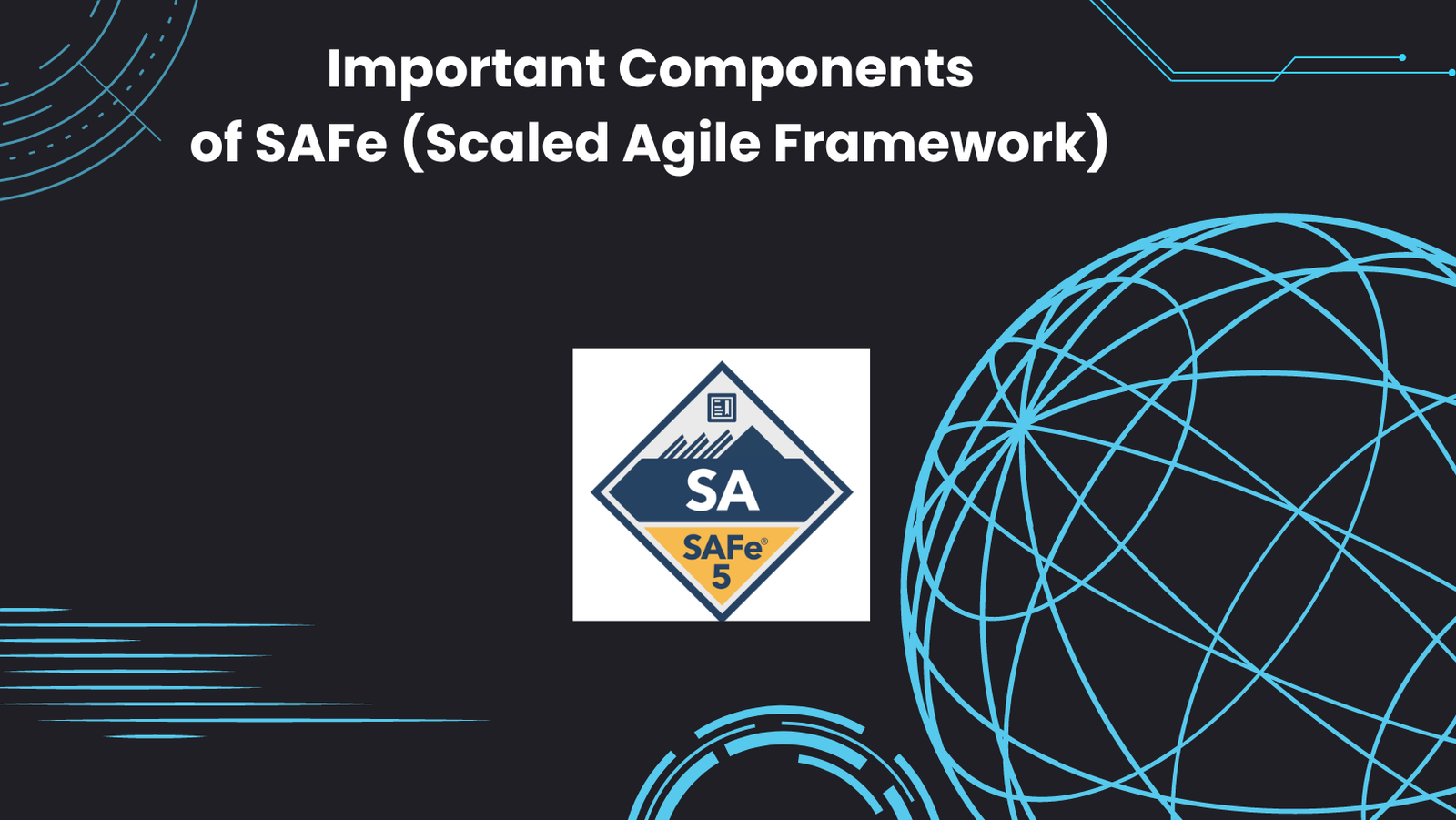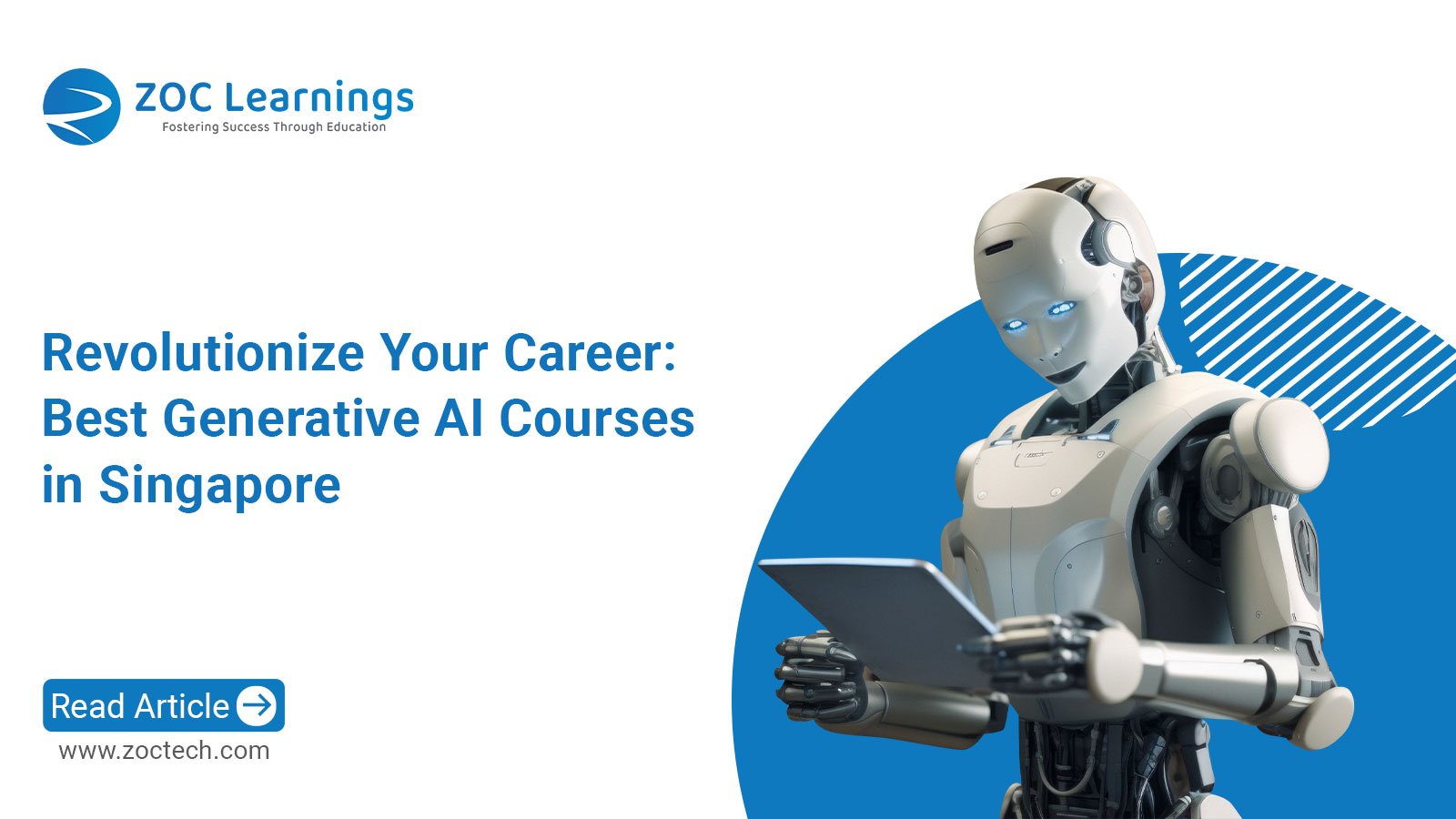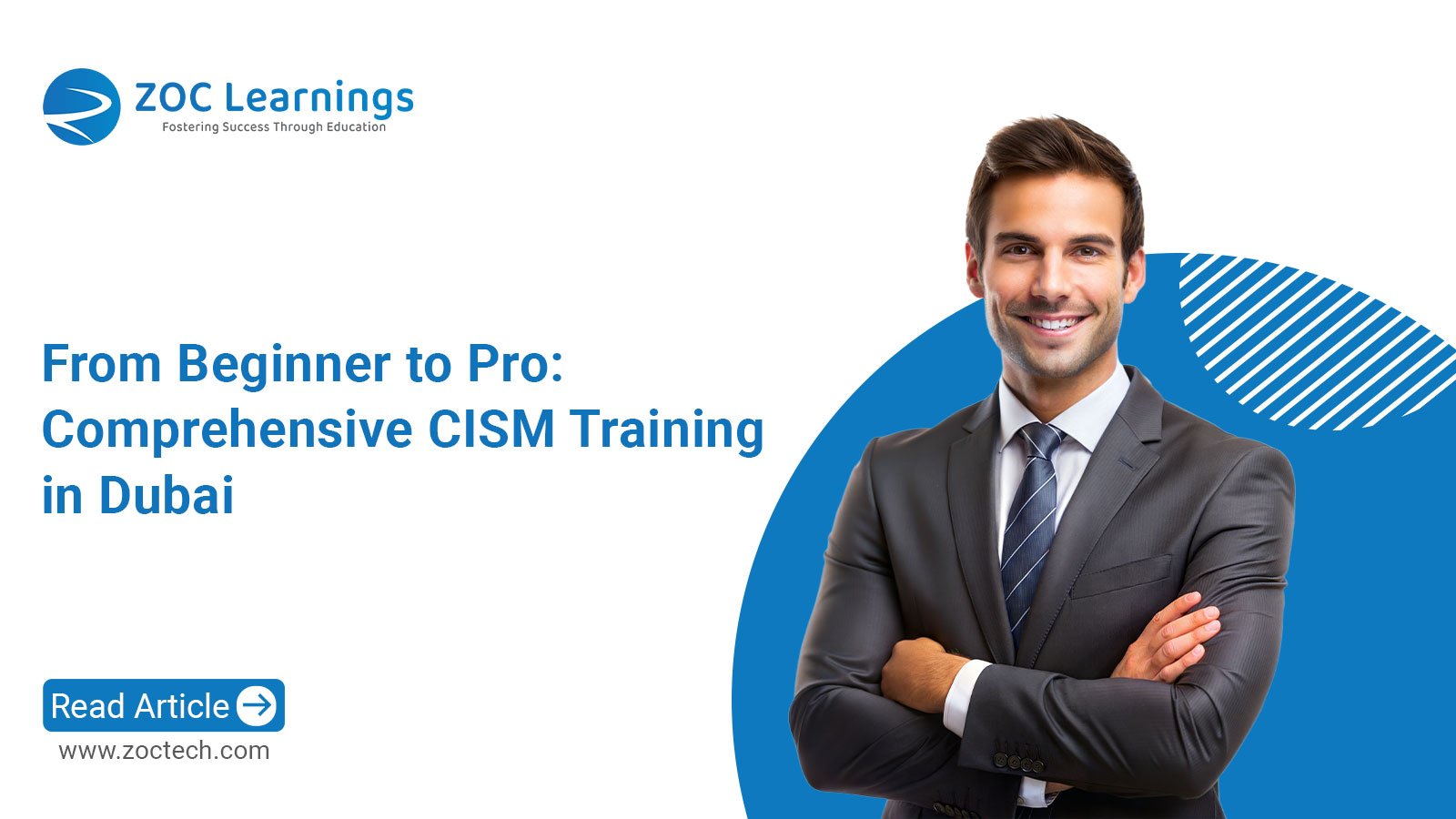Introduction
The Scaled Agile Framework (SAFe) is a popular framework for scaling agile development. It provides a set of principles, practices, and roles that help organizations deliver complex solutions more effectively. In this blog, we will discuss the important components of SAFe.
We have seen in the blog – Difference between Scrum & SAFe, which covered all main details of SAFe. The blog post “Difference between Scrum & SAFe” provides a high-level overview of the Scaled Agile Framework (SAFe).
Reference URL – https://zoctech.com/difference-between-scrum-safe/

Let us now understand the important components of SAFe.
Important components of SAFe :
Agile Product Delivery (APD) – The Agile Product Delivery (APD) competency is a customer-centric approach to defining, building, and releasing products and services in a continuous flow of value to customers and end-users. (Value stream creation)
Agile Release Train (ART) – The Agile Release Train (ART) is a long-lived team of Agile teams that incrementally develops, delivers, and often operates one or more solutions in a development value stream.
Architectural Runway – The Architectural Runway consists of the existing code, components, and technical infrastructure needed to implement near-term features with minimal redesign and delay.
ART Backlog – The ART Backlog is a Kanban system that is used to capture and manage the features and enablers intended to enhance the solution and extend its architectural runway.
Reference URL – https://zoctech.com/different-project-tracking-tools/
ART Flow – ART Flow describes a state where an ART delivers a continuous flow of valuable features to the customer.
Business Agility – Business Agility is the ability to compete and thrive in the digital age by quickly responding to market changes and emerging opportunities with innovative, digitally-enabled business solutions.
Business Owners – Business Owners (BOs) are key ART stakeholders who have the primary business and technical responsibility for return on investment (ROI), governance, and compliance.
Reference URL – https://zoctech.com/importance-of-business-case-in-project-management/
CALMR – CALMR is a DevOps mindset that guides the ART toward achieving continuous value delivery by enhancing culture, automation, lean flow, measurement, and recovery.
Communities of Practice (CoPs) – Communities of Practice (CoPs) are organized groups of people with a common interest in a specific technical or business domain. They regularly collaborate to share information, improve their skills, and actively work on advancing their knowledge of the domain. Something similar to CoE or Competency centres (CC)
CI, CD, CE, CDP – These are other important components related to continuous deployment, delivery, integration and exploration (CE)
Core Values – The four Core Values of alignment, transparency, respect for people, and relentless improvement represent the foundational beliefs that are key to SAFe’s effectiveness.
Customer – Customers are the ultimate beneficiaries of the value (Value creation) of the solutions created and maintained by a portfolio’s value streams.
Development Value Streams – A Development Value Stream is the sequence of activities needed to convert a business hypothesis into a digitally-enabled solution that delivers customer value.
Epic Owners – The Epic Owner is responsible for coordinating epics through the portfolio Kanban system.
Epics – An Epic is a significant solution development initiative.
Features – A Feature represents solution functionality that delivers business value, fulfills a stakeholder need, and is sized to be delivered by an Agile Release Train within a PI. (Program Increment – A time-managed period usually eight to 12 weeks long in a SAFe environment. A PI consists of a series of iterations within a fixed schedule that defines the work that will be done by multiple Agile teams during each iteration)
Iteration – Iterations are a standard, fixed-duration timebox during which Agile Teams and ARTs individually and collectively deliver incremental customer value while working towards the PI objectives.
Lean Budgets – Lean Budgets is a financial governance approach that funds value streams instead of projects, accelerating value delivery and reducing the overhead and costs associated with traditional project cost accounting.
Lean-Agile Mind-set – The Lean-Agile Mind-set is the combination of beliefs, assumptions, attitudes, and actions of SAFe leaders and practitioners who embrace the concepts of Lean Thinking and the Agile Manifesto.
Nonfunctional Requirements (NFRs) – Nonfunctional Requirements (NFRs) are system qualities that guide the design of the solution and often serve as constraints across the relevant backlogs.
Objectives and Key Results (OKRs) – Objectives and Key Results (OKRs) is a collaborative framework for establishing clear goals and measurable outcomes.
Reference URL – https://zoctech.com/difference-between-project-goals-and-project-objectives/
PI Objectives – PI Objectives summarize the business and technical goals that teams and trains intend to achieve in the upcoming PI and are either committed or uncommitted.
PI Planning – PI Planning is a cadence-based event for the entire ART that aligns teams and stakeholders to a shared mission and vision.
Planning Interval (PI) – A Planning Interval (PI) is a cadence-based timebox in which Agile Release Trains deliver continuous value to customers in alignment with PI Objectives.
Portfolio Backlog – The Portfolio Backlog is a Kanban system that is used to capture and manage the business and enabler epics intended to create and evolve the portfolio’s products, services, and solutions
Portfolio Flow – Portfolio Flow describes a state where Lean Portfolio Management provides a continuous flow of new epics to Solution Trains and ARTs to achieve the portfolio’s vision and strategic themes.
Release Train Engineer (RTE) – The Release Train Engineer (RTE) is a servant leader and ART coach who facilitates ART events and processes, and supports teams in delivering value.
SAFe – SAFe is the world’s leading framework for Business Agility. SAFe integrates the power of Lean, Agile, and DevOps into a comprehensive operating system that helps enterprises thrive in the digital age by delivering innovative products and services faster, more predictably, and with higher quality.
SAFe Lean-Agile Principles – SAFe is based on ten immutable, underlying Lean-Agile principles. (10 Principles) These tenets and economic concepts inspire and inform the roles and practices of SAFe.
SAFe Scrum – SAFe Scrum is an Agile method used by teams within an ART to deliver customer value in a short time box. SAFe Scrum teams use iterations, Kanban systems, and Scrum events to plan, execute, demonstrate, and retrospect their work.
Solution Demo – The Solution Demo provides stakeholders an integrated view of the contributions of multiple ARTs and suppliers to obtain objective evidence of solution performance and to gather feedback.
Team Flow – Team Flow describes a state in which Agile teams deliver a continuous flow of value to the customer.
Value Stream KPIs – Value Stream Key Performance Indicators (KPIs) are the quantifiable measures used to evaluate how a value stream performs against its business objectives.
Value Stream Management (VSM) – Value Stream Management (VSM) is a leadership and technical discipline that enables the maximum flow of business value through the end-to-end solution delivery life cycle. The solution demo should be aligned to VSM.
Weighted Shortest Job First (WSJF) – Weighted Shortest Job First (WSJF) is a prioritization model used to sequence work for maximum economic benefit. In SAFe, WSJF is estimated as the relative cost of delay divided by the relative job duration.
Summary
The Scaled Agile Framework (SAFe) is a comprehensive framework for scaling Agile practices across an enterprise. It provides a set of principles, practices, roles, and artifacts that help teams collaborate and deliver value more effectively. In this blog post, we have discussed some of the most important components of SAFe.
FAQs
Q1. What are the important components of SAFe?
A1. SAFe, or the Scaled Agile Framework, consists of four important components: Team, Program, Large Solution, and Portfolio. These components help organizations scale Agile practices effectively.
Q2. What is the Team component in SAFe?
A2. The Team component in SAFe represents the fundamental building block and includes Agile teams, typically composed of 5-11 individuals, who work together to deliver value incrementally.
Q3. Explain the Program component in SAFe.
A3. The Program component in SAFe focuses on coordinating and aligning multiple Agile teams to deliver value. It includes roles like Release Train Engineer (RTE) and Product Owner.
Q4. What does the Large Solution component entail in SAFe?
A4. The Large Solution component addresses the coordination of multiple Agile Release Trains (ARTs) working together to deliver larger and more complex solutions. It includes roles like Solution Architect and Solution Train Engineer.
Q5. Can you describe the Portfolio component of SAFe?
A5. The Portfolio component of SAFe concentrates on aligning the organization’s strategy and execution by selecting the right set of value streams and ensuring that the necessary resources are allocated for success. It involves roles such as Portfolio Manager and Epic Owner.











